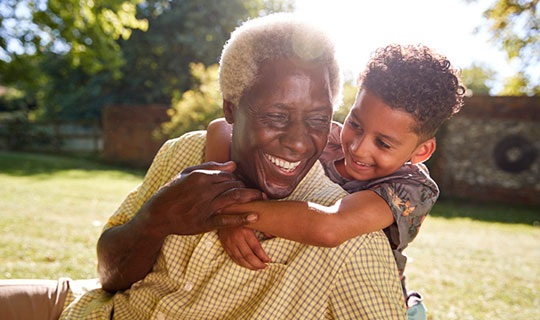
Summer can bring high temperatures and humidity that stress the body’s ability to cool itself, leading to dangerous and potentially deadly conditions. The Center for Disease Control and Prevention reports that each year there are over 67,500 Emergency Department visits and 700 heat-related deaths in the United States.
Christopher Freer, DO, FACEP, Senior Vice President of Emergency and Hospitalist Medicine at RWJBarnabas Health, discusses symptoms of common heat-related illnesses, how to prevent them and when to seek medical care.
Q: What are the types of heat-related illnesses people need to be aware of?
A: There are three major forms of heat illnesses to be aware of: heat cramps, heat exhaustion and heat stroke. It’s important to be cautious in the heat to help avoid all three.
Q: What are heat cramps?
A: Heat cramps are muscle spasms that usually affect the arms, legs or stomach. They occur when fluid and salt lost by heavy sweating are not replenished. Although heat cramps can be very painful, they usually do not result in permanent damage.
Q: What is heat exhaustion?
A: Heat exhaustion is a more serious condition that occurs when sweating causes the body to lose water and salt (electrolytes), resulting in a reduction of blood volume.
Q: What are the symptoms of heat exhaustion?
A: The symptoms of heat exhaustion often include:
- Headache
- Heavy sweating
- Intense thirst
- Dizziness or fatigue
- Loss of coordination and appetite
- Nausea
- Cool and moist skin
- Weak and rapid pulse
Q: What is heat stroke?
A: Heat stroke is the most dangerous heat ailment and causes the body’s most effective means of heat removal, sweat, to stop and body temperature to rise to critical levels. It may cause death if not immediately treated by a health care professional.
Q: What are the symptoms of heat stroke?
A: The symptoms of heat stroke may include:
- High body temperature
- Distinct absence of sweating
- Hot, red or flushed dry skin
- Rapid pulse
- Difficulty breathing
- Headache
- Nausea or vomiting
- High blood pressure
- Advanced symptoms may include seizures, convulsions, or loss of consciousness.
Q: Who is the most susceptible to heat related illnesses?
A: Populations that are more likely to suffer from heat-related illnesses include:
- Older adults
- Outdoor workers
- Children – their body regulates heat differently than adults and they may fail to notice signs of heat related illness.
Q: What should you do if you or someone else is experiencing a heat-related illness?
A: If you suspect you or someone you know is suffering from any heat-related illness, it is essential to seek immediate medical attention.
Q: What can you do to avoid heat-related illnesses?
A: Ways you can help avoid heat-related illnesses include:
- Drinking plenty of liquids. If you wait until you’re thirsty, you’re already dehydrated. Electrolyte drinks are good for replacing both water and minerals lost through sweating.
- Avoid alcoholic and caffeinated beverages
- Wear sunscreen. A sunburn will inhibit your skin’s ability to sweat.
- Take cool baths or showers. Cool water lowers body heat 25 times faster than cool air.
- Wear light, loose-fitting clothing.
- Avoid hot foods and heavy meals.
- Stay in air-conditioned areas. If your home does not have air conditioning, spend time in public facilities or a cooling center.
For more information about heat-related conditions please visit: rwjbh.org.